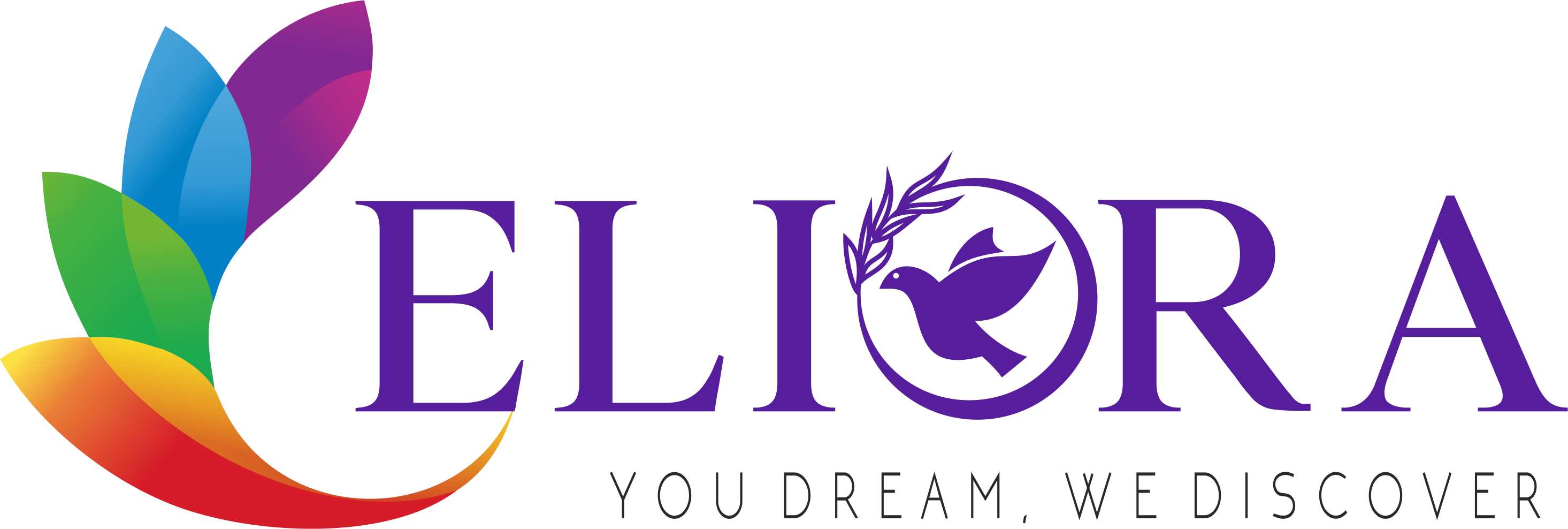HOW AUGMENTATION IS DIFFERENT FROM RECRUITMENT AND PLACEMENT

Placement is the official assignment of a chosen applicant to a particular post;
augmentation is the process of improving the performance and skill set of current
workers through technology or training. Recruitment is the process of drawing in
possible candidates for a position.
In the ever-evolving quest for talent, businesses have two distinct pathways: augmentation, recruitment, and placement. While both aim to build a capable workforce, their approaches couldn't be more different. Augmentation offers flexibility, immediate expertise, and adaptability, catering to short-term, project-based needs. On the flip side, recruitment and placement are the traditional pillars, focusing on long-term, permanent employment with an emphasis on building lasting employee relationships.
The traditional approaches to finding new talent have traditionally included
recruitment and placement. Businesses go through a rigorous process of posting
job openings, screening resumes, holding interviews, and then matching
qualified applicants with positions. Although it has long been the cornerstone of
hiring, this process is not without its difficulties. It is not always the most efficient
and can be costly and time-consuming. Conversely, augmentation embodies a
more modern strategy for hiring personnel. The goal of workforce augmentation
is to provide highly specialized skills and expertise to an organization's current
personnel. This frequently entails collaborating with other businesses or
independent contractors who can provide specialized skills and knowledge for
particular assignments or projects.
This blog post will examine the main distinctions between recruitment,
placement, and augmentation, as well as the situations in which each approach is
most appropriate and how to combine them to develop a flexible personnel
strategy. So, if you're wondering which strategy is best for your company or
project, continue reading to learn everything there is to know about these two
unique team-building approaches.
Workforce Augmentation: A Modern Solution
Workforce augmentation, also known as staff augmentation, is a contemporary
approach to enhancing a company's workforce. It involves hiring specialized
professionals temporarily to meet specific project requirements. These
professionals are not full-time employees of the company, but they work closely
with the in-house team.
Enhanced Adaptability and Expandability: Workforce augmentation offers a
significant benefit in terms of adaptability. Businesses can readily adjust the size
of their workforce to align with project requirements. This agility is particularly
valuable in industries marked by variable workloads.
Specialized Expertise: Augmented professionals bring a wealth of specialized
skills and knowledge to the table. Companies gain access to a diverse talent pool,
enabling them to tap into precisely the skills required for specific projects.
Cost-Effective Solutions: Augmentation often translates to cost efficiency as
companies pay exclusively for the services they need, without the additional
expenses associated with full-time employees.
Accelerated Onboarding: The onboarding process for augmented professionals
typically proceeds at a faster pace compared to traditional hiring, allowing
companies to meet project deadlines with greater efficiency.

Recruitment and Placement: The Traditional Approach
Recruitment and placement, on the other hand, is the traditional method of hiring
full-time employees for permanent positions within a company. It often involves a
lengthy process of advertising job openings, conducting interviews, and
selecting candidates for long-term employment.
Key Differences
1. Duration of Engagement:
Augmentation: Typically short-term, often project-based.
Recruitment and Placement: Long-term, with the intention of permanent
employment.
2. Skill Set:
Augmentation: specialized skills for specific projects.
Recruitment and Placement: A broader skill set suitable for a wide range of tasks
within the organization.
3. Onboarding Time:
Augmentation: rapid onboarding to meet project deadlines.
Recruitment and Placement: A longer onboarding process for permanent roles.
4. Financial Commitment:
Augmentation: cost-effective, no long-term financial commitment.
Recruitment and Placement: Involves ongoing costs, including benefits and
salary.
5. Employee Relationship:
Augmentation: more transactional, focused on project needs.
Recruitment and Placement: Emphasis on building a long-term relationship with
employees.
Choosing the Right Approach
Deciding whether to opt for augmentation or recruitment and placement depends
on your organization's specific needs and the nature of the work. Here are some
factors to consider when making this choice:
Project Duration: If you have a short-term project with specialized requirements,
augmentation is the way to go. It offers the agility and flexibility needed to meet
project deadlines.
Budget: Consider your financial resources. Augmentation can be more
cost-effective for short-term projects, while recruitment and placement involve
ongoing financial commitments.
Skills Required: Evaluate the skills required for the job. Augmentation is ideal
when you need specific expertise, while recruitment is suitable for broader skill
sets.
Company Culture: If your organization places a high value on cultural fit and
long-term employee relationships, recruitment and placement may be more
aligned with your values.
Scalability: Think about the scalability of your workforce. Augmentation allows
you to quickly adapt to changing workloads, while recruitment involves a
longer-term commitment.
The distinction between augmentation, recruitment, and placement is crucial in
understanding the evolving landscape of talent acquisition. Augmentation
focuses on enhancing existing teams with specialized expertise, acting as a
flexible and agile solution to specific project needs. It offers businesses the
capacity to access highly skilled professionals on demand without the
constraints of a full-time hire.
On the other hand, recruitment concentrates on finding and attracting new
permanent employees. It involves a comprehensive process of sourcing,
screening, and selecting candidates who are the right fit for a long-term position
within the organization. Placement, while often used interchangeably with
recruitment, typically pertains to external agencies that specialize in matching job
seekers with suitable employment opportunities.
In essence, the key differentiator lies in the duration and flexibility of the
solutions. Augmentation provides immediate, short-term expertise, recruitment
seeks long-term additions to the team, and placement acts as a bridge between
job seekers and employers. Understanding these distinctions can help
businesses adapt to the changing demands of the modern workforce and make
informed decisions to meet their specific needs. It's essential to choose the right
approach that aligns with your organization's goals and growth strategies.
